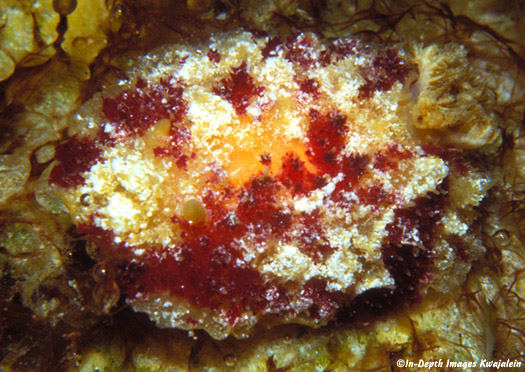
This bizarre species remains a bit of a puzzle. The first specimen below is figured in Gosliner et al (2018), as Otinodoris sp. 5. That very specimen, however, was dissected by me at the Mid-Pacific Research Lab on Enewetak and found to have no radula. That and the presence of dorsal gills would make it a species of Dendrodoris. It is possible I missed the radula, but it was a fairly large animal (40mm) and I rarely had trouble finding the radula of much smaller nudibranchs. However, without verifying the anatomy through further dissections, the genus remains in doubt.
This Dendrodoris is so far known in the Marshalls from only six specimens, one from Enewetak Atoll, four from Kwajalein and one from Ailinglaplap. The 40mm specimen from Enewetak was on sand in a manmade reef quarry at a depth of about 3 meters. At Kwajalein, a 20mm specimen was on the seaward reef under dead coral at 10 meters and both of the other two, measuring 28mm and 22mm in length, were found separately on lagoon pinnacles at night, exposed on rocks in 15 to 16 meters of water.
From above, it was hard to recognize as a nudibranch. Here are some notes on the 40mm Enewetak animal. The body is oval, rather convex above, and soft, with the dorsum covered with unequal-sized pustules from which extend one to many (directly related to pustule size) finger-like papillae, the tallest of which usually extends from the top of the pustule. When found the body was covered with sand grains, probably held on by mucous. The mantle margins are wide and hang down to the ground, thin and somewhat flaring at the very edges. Toward the edge, the complex pustules become more simple bumps. Color is a complex mottling of bright orange yellow and red to reddish purple. Most papillae, even in the red areas, tend to be tipped with yellow. Underside and foot bright orange yellow (see below), with the undersides of the mantle and sides of the foot bearing irregular reddish maroon patches. Oral tentacles were not observed. Rhinophores extend from elevated sheaths, and are tall, pointed, and yellow, with many crowded lamellae. Gills consist of 4 large quadripinnate stalks, mottled yellow tan and white, with some brown flecks along rachides. The anus is large, yellow at the base but more white at the tip, and it pulsates. It looks somewhat similar to Dendrodoris atromaculata shown on the Sea Slug Forum, but in that species the patches are black, and perhaps more significantly, the bodies of our animals are soft, while D. atromaculata is reported to be firm.

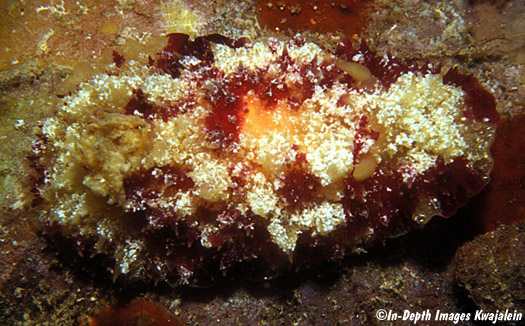
Here's the orange yellow foot.
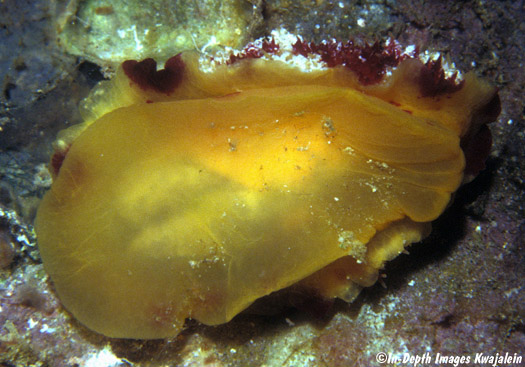
The individual below from Kwajalein's seaward reef was the smallest specimen of the three (if indeed the same species), measuring 20mm. This one in particular is the specimen figured in Gosliner et al (2018), as Doris sp. 5. It did have a bright yellow foot, however, that looked exactly like that of the above species. I suspect the one figured in the same reference as Thordisa sp. 16 is also this species.
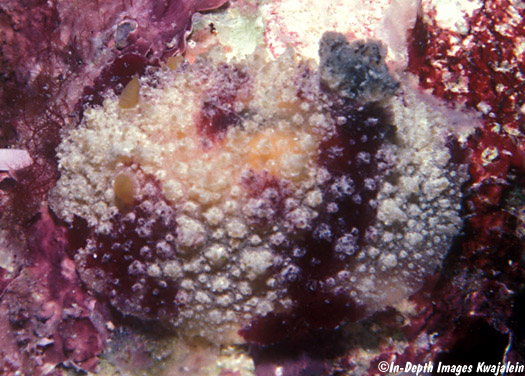
The most recent Kwajalein specimen measuring 22mm and found at night on 30 May 2016 exhibited an interesting color change. When first found, it was mostly whitish as in the first photo below. As it moved around and we photographed it, the maroon patches gradually darkened as in the later shots. Possibly it had come out of the fine sand next to the rock where it was found, and the sand may have slowly fallen away.
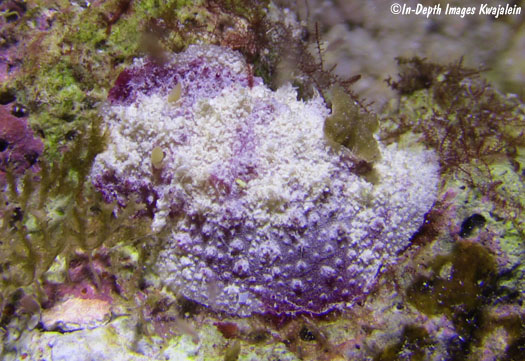
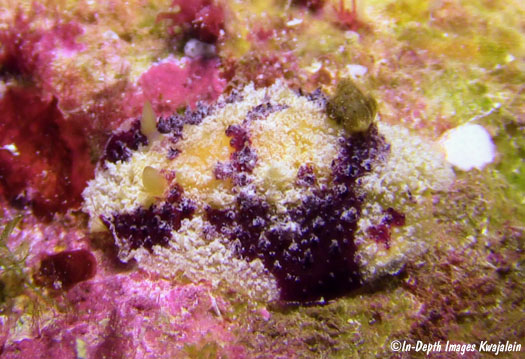

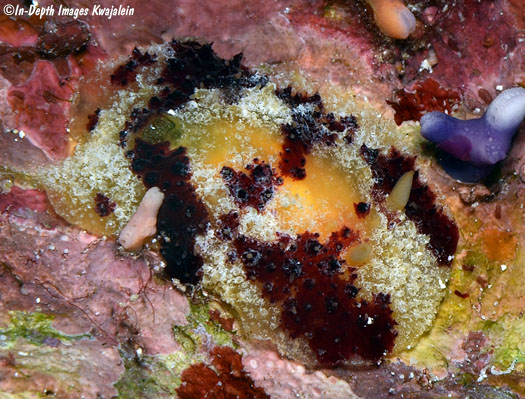
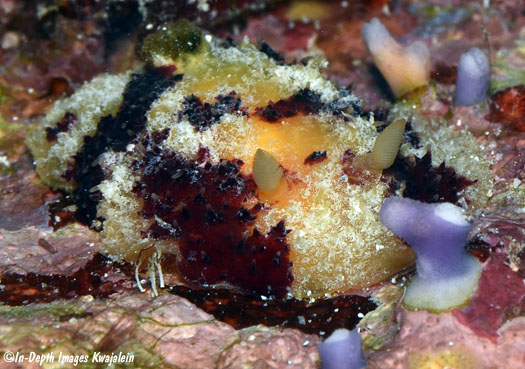

The shot below again shows the bright yellow foot.
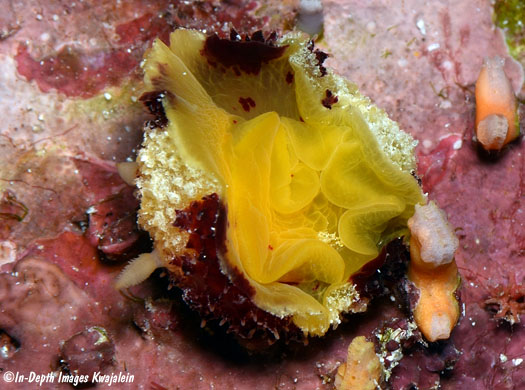
The most recent specimen was found by Stan Jazwinski at Ailinglaplap Atoll.
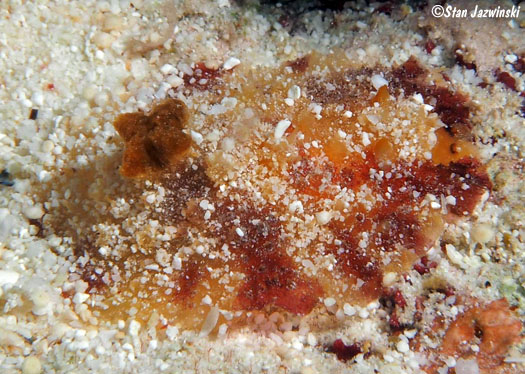
Created 25 December 2006
Updated 5 August 2021